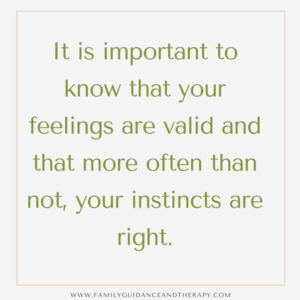If it Feels Wrong, It Is: A Look at ABA Therapy
By Nicole Pistotti
When it feels wrong, it is. I used to work within the ABA therapy framework. Some of the things that I remember always bothering me the most were supervisors telling me that it okay if a child is upset or is crying as long as I follow the behavior plan. I also remember looking at behavior plans and knowing exactly what my script was, but not necessarily being comfortable. I didn’t realize how robotic everything was until years later. I also remember my friends asking me if I was “using my ABA” on them when we were hanging out - really asking if I was manipulating them.I look back at my time with ABA and think about how so many aspects didn’t feel right. The fact that I was constantly manipulating people is something that I didn’t think about in the moment. I learned how to dehumanize humans and how to think of results and outcomes rather than my impact on people. These were some of the things I dealt with in my time within applied behavior analysis (ABA).
The goal of the ABA therapy model is to systematically get the results you want by either withholding something desirable or by the looming possibility of something negative happening. I learned how to dehumanize humans and how to think of results and outcomes rather than my impact on people.
People often ask me about what relationship development intervention (RDI) is and how it compares to ABA. I tend to not want to offend or get into too much of a debate on the topic, so I try to focus on how they feel different. I think about how in ABA, anyone can come in and read the script, take the data and leave. I often felt like I was not an important factor in the equation and that I was just a replaceable component in a machine. Of course, I built rapport and created bonds with those I worked with, but the bottom line was very different.
With RDI, I am no longer struggling to reconcile different parts of my job. I am working with clients as a collaborate team and spending time teaching dynamic skills rather than static ones. It feels natural and humanistic to work with children and adults by building a strong relationship and working through things together. I know many families that I work with have similar feelings of making the right choice by switching to RDI.
I became part of a whole system that is no longer focused solely on the success of the client but the success of the entire family, which includes the client. There is a more whole-systems approach to working together.
I have given the advice to many friends and families that not all therapies or therapists are the perfect fit and that it is okay. It is okay to be picky and to find what feels right. It is okay to search until you are happy with the right therapy and the right therapist. It is okay to question and to share concerns. It is okay to not agree with others. It is important to know that your feelings are valid and that more often than not, your instincts are right. Do what feels right.
For more information about RDI and how the Family Guidance and Therapy Center helps with autism, go here.

